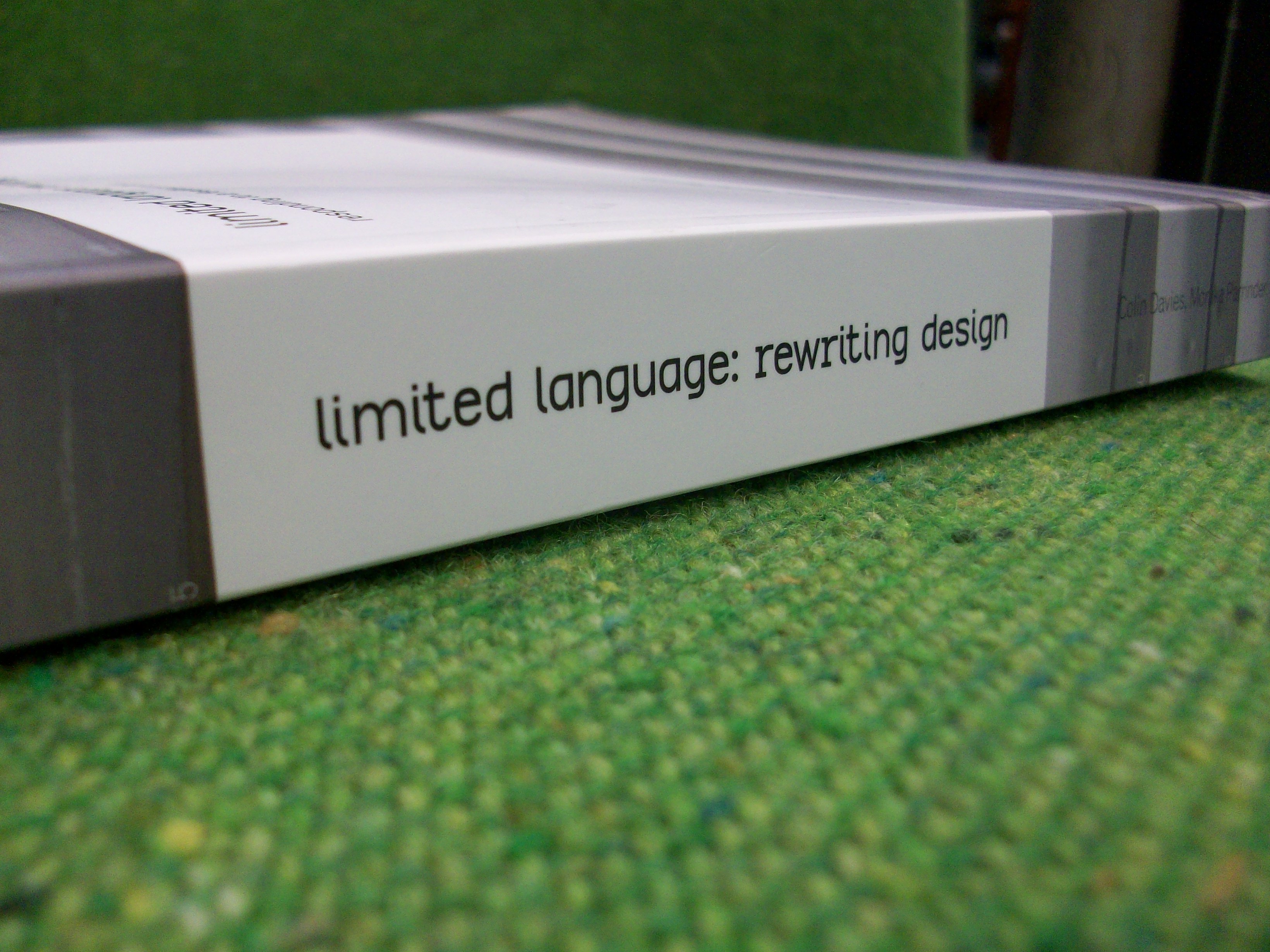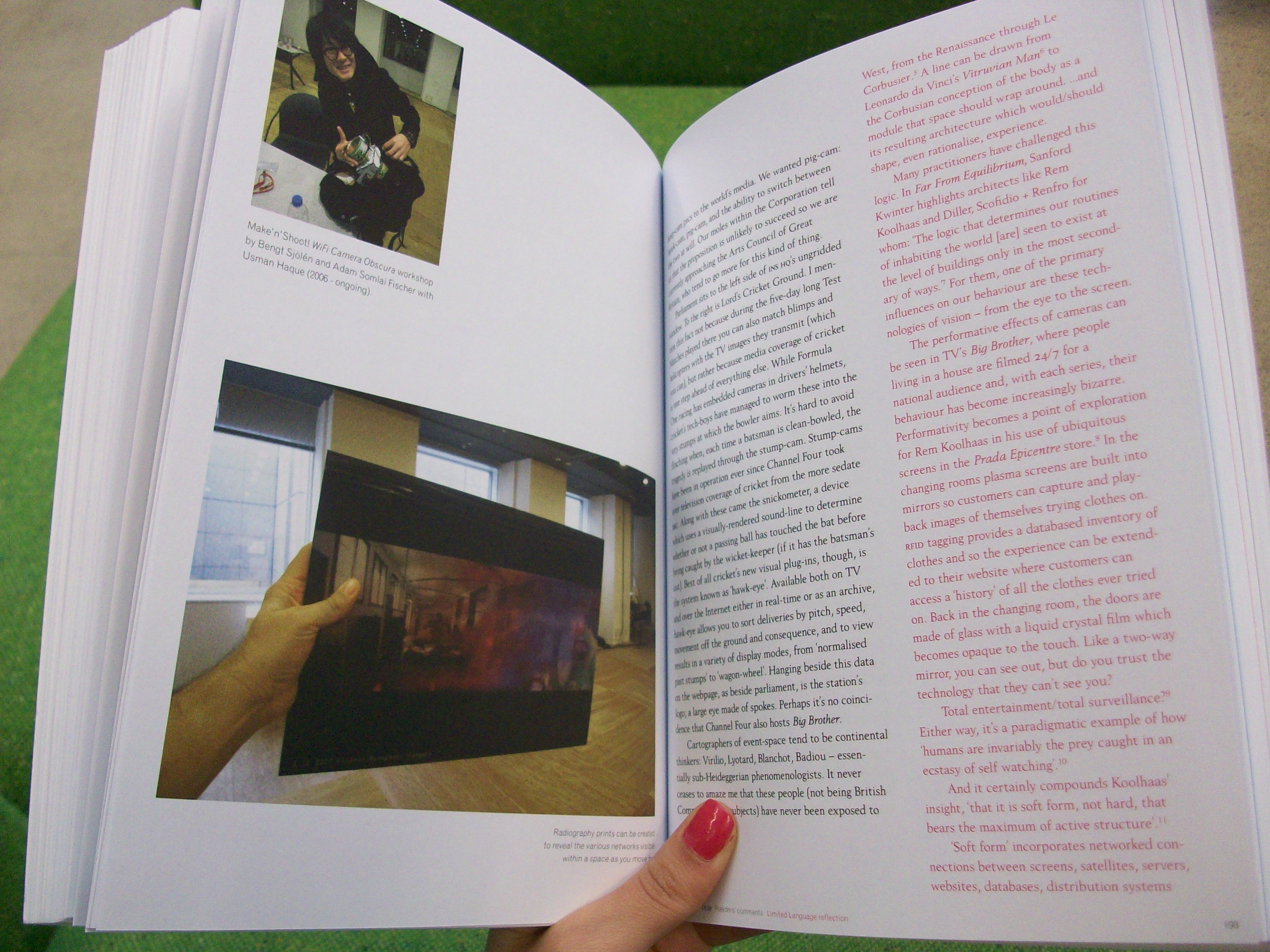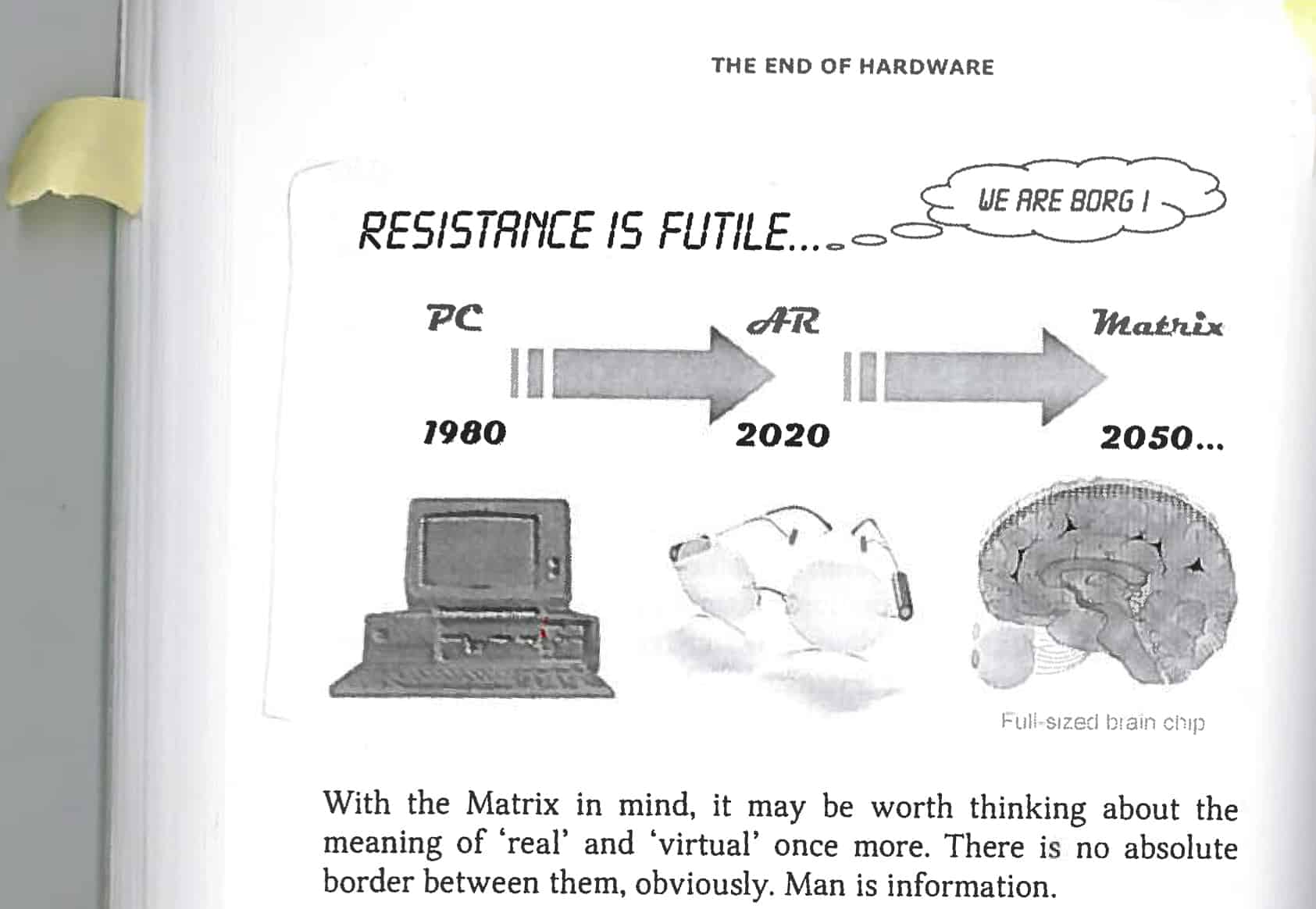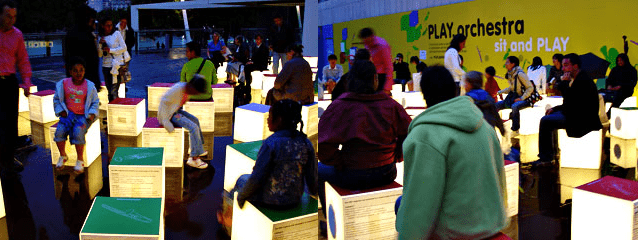Feedback Culture
This book has put into words some of the thoughts I’ve been having, as well as how and what my conceptual framework for my MA project is. It addresses reflection on design practice, and touches on Relational Aesthetics, open-ended (and shared) experiences, micro-utopias and asks: what happens after humanising technology through design?
This book, by Colin Davies and Monika Parrinder is part of a bigger project. Limited Language is a brand that uses the web as a platform to reflect on the design process, and how these processes inspire collaborations and cross-media practices. The articles found on these book are not meant to be finished, but are viewed (and displayed) more as an open feedback in order to generate dialogue. The platform (website) and by extension, this book, shows a critique on the process and experience of design, visual culture and the everyday.
I found the structure of the book very easy to read, and appropriate for the content: the chapters are grouped around themes. The layout has two columns. The column in black is the starter article, as it appeared on the website. The outer, coloured column is the reflective response, based on the feedback on the website and from the collaborators of the project.
Even reading this book was a dialogue, not only between starter article (author) and feedback reply (readers), but, as some feedback resonated as my own, I felt included in this dialogue and felt more like an exchange rather than information being thrown one way.
Here are some thoughts on articles that particularly resonate with my project (I’ll follow the layout of black for the starter article and colour for its feedback):
Design in Crisis by Enzi Tarazi
“Designers have been involved in this digital revolution from its very beginning and actively influenced its development. This was not a fringe culture, but an integral part of the digital revolution.”
“Here we might need to look at the role of processes rather than the mechanics of material outcomes. As Adriana Eysler puts it: “designing no longer necessarily means producing something visual/concrete/lasting/consumable.”
This resonates with what I want to do, which is not to create more stuff, or a product, but to generate an experience, a feeling, a sense of surprise or wonderment.
Multiverso by Limited Language
“The multiverse (or meta-universe) is a state of parallel realities. Once confined to the realms of science fiction, as the digital-information world overlays the physical world, the multiverse has become an everyday fact.”
“New approaches to design will have to respond to (or depart from) the way people are complex, imperfect and alive (!) too. The question now is this: How we can engage with a global, technological world without destroying our own temporal rhythms of living? Or to turn it around: How can design engage with the world through our bodies?”
“How can al that information out there be translated back to the scale of human perception?”
Augmented Reality is a tool that allows us to have both fiction and reality (physical world) at once. The multiverse is here. But, what do we do with that? How do we make it useful, and meaningful? I think the answer might lie in relating it to people. Making people care about it. And how do we do that? Perhaps by addressing the human part of it. So much gets lost in just touching glass. Maybe interfaces have to be more in sync with our curves and rhythms. By bringing all these different layers of reality and this information overload, in a way that can be grasped in the scale that we are capable of, while finding meaning in it, we won’t be so overwhelmed/disengaged.
Rethinking tactile graphics: a propositional methodology by Julia Moszkowicz
“Knowledge gained through making is open-ended and not discipline specific, equally able to foster old techniques through repetition or innovation of new ones–even with zeros and ones!”
No designer is an island. Co-creating and sharing, no matter the tools, bring more interesting results.
Part of the process by Limited language
“Relational refers to art that not only situates itself within the “inter-human sphere” but is “a formal arrangement that generates relationships between people”. A unifying principle of relational aesthetics is that they are open-ended,negotiating relationships with their audience in a way that is not prepared beforehand.”
“Like John Thackara who comments: “we know what new technology can do but what is it for and how do we want to live?”
Truly engaging interaction is not about monologue, but dialogue. A many-to-many exchange based on feedback, and that can be generative. I think Thackara goes down to the point with the questions of what is it for and how do we want to live. How is it (engaging interactions, AR for that matter) useful for society, for humanity? And, it all goes back to following a principle, and not just be constrained by the tools of the trade. It is about how do we want to live. How does this tool or way of doing things, make life (and the planet) better?







